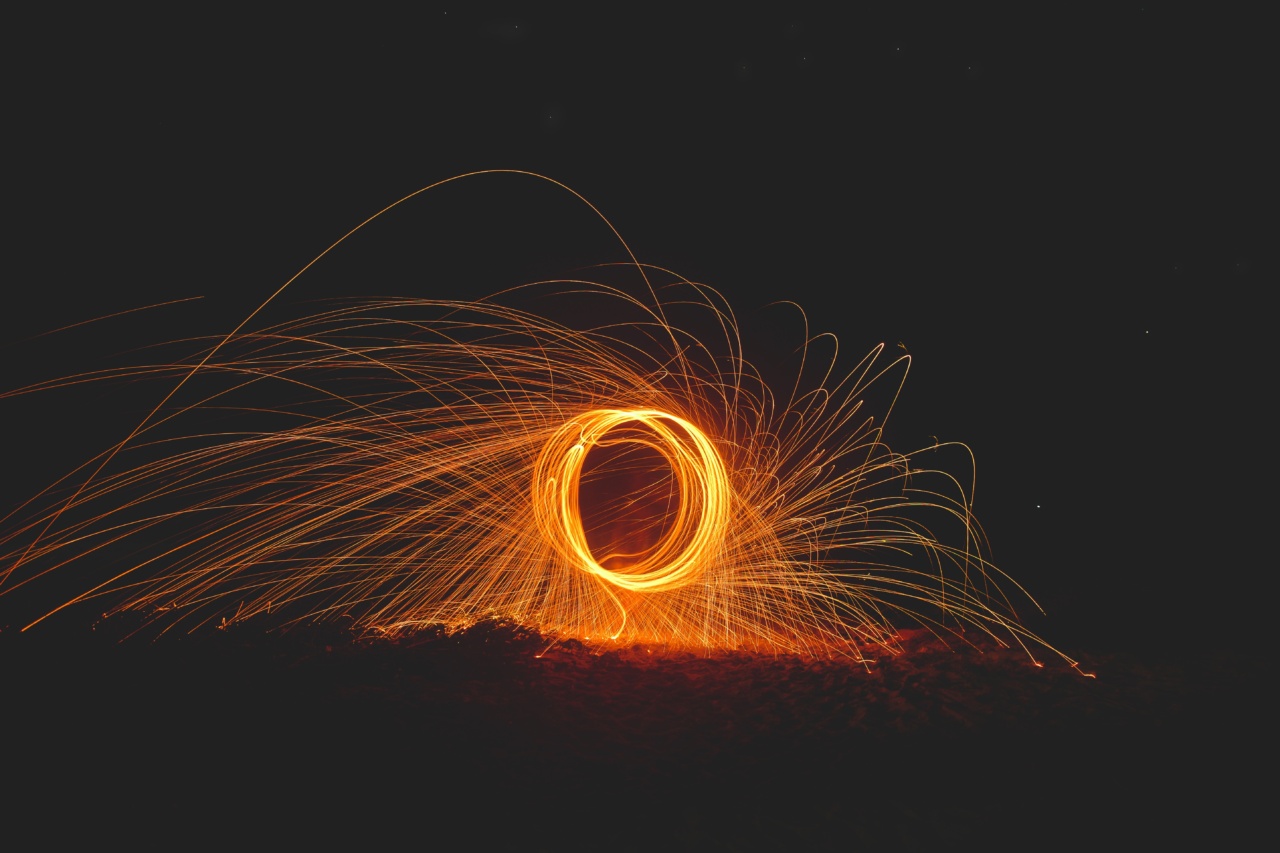Menopause is a natural biological process that marks the end of a woman’s reproductive years. During this time, the body undergoes a number of changes, including a decrease in the production of estrogen and progesterone.
These changes can lead to a variety of physical symptoms, including hot flashes. In this article, we’ll take a closer look at the physical effects of hot flashes and what you can do to manage them.
What are Hot Flashes?
Hot flashes are a sudden feeling of warmth that spreads over the upper body, often accompanied by sweating, flushing, and a rapid heartbeat. They can last for as little as a few seconds or as long as several minutes.
Hot flashes are a common symptom of menopause, affecting up to 80% of women during this time.
Causes of Hot Flashes
The exact cause of hot flashes is not fully understood. However, they are believed to be the result of changes in the hypothalamus, the part of the brain that regulates body temperature.
During menopause, the hypothalamus becomes more sensitive to changes in estrogen and progesterone levels, leading to hot flashes.
Physical Effects of Hot Flashes
While hot flashes may seem like a minor inconvenience, they can have a number of physical effects on the body. Here are some of the most common physical effects of hot flashes:.
Insomnia
Many women experience insomnia as a result of hot flashes. The sudden feeling of warmth can disrupt sleep, making it difficult to fall or stay asleep.
Over time, chronic insomnia can have a number of negative health effects, including an increased risk of heart disease, depression, and anxiety.
Fatigue
The disruptions to sleep caused by hot flashes can also lead to chronic fatigue. Women who experience hot flashes may find themselves feeling tired throughout the day, making it difficult to focus or complete tasks.
Increased Heart Rate
During a hot flash, the body’s heart rate can increase to two to three times its normal rate. This rapid heartbeat can be unsettling and can lead to feelings of anxiety or panic.
Headaches
Hot flashes can also lead to headaches, particularly if they occur during the night. These headaches can be severe, making it difficult to concentrate or perform everyday tasks.
Dizziness and Fainting
In rare cases, hot flashes can lead to dizziness and fainting. This is particularly true if the hot flash occurs while standing up or during physical activity.
Allergic Reactions
In some cases, hot flashes can lead to an allergic reaction, particularly if they are accompanied by itching, hives, or swelling of the face or throat. If you experience these symptoms, seek medical attention immediately.
Management of Hot Flashes
While hot flashes are a common symptom of menopause, there are a number of things you can do to manage them. Here are some of the most effective management strategies:.
Lifestyle Changes
There are a number of lifestyle changes you can make that may help reduce the frequency or severity of hot flashes.
For example, you can try dressing in layers so that you can remove them as needed, avoiding spicy foods and alcohol, and getting regular exercise.
Hormone Therapy
Hormone therapy involves taking estrogen or a combination of estrogen and progesterone to reduce the symptoms of menopause, including hot flashes.
However, hormone therapy can have a number of side effects, including an increased risk of breast cancer, blood clots, and stroke.
Alternative Therapies
Alternative therapies such as acupuncture, herbs, and relaxation techniques may also be effective in reducing hot flashes.
However, the effectiveness of these therapies is not well-established, and there is limited scientific evidence to support their use.
In Conclusion
Hot flashes are a common symptom of menopause, affecting up to 80% of women.
While they may seem like a minor inconvenience, they can have a number of physical effects on the body, including insomnia, fatigue, increased heart rate, headaches, dizziness and fainting, and allergic reactions. If you are experiencing hot flashes, there are a number of things you can do to manage them, including lifestyle changes, hormone therapy, and alternative therapies.





























